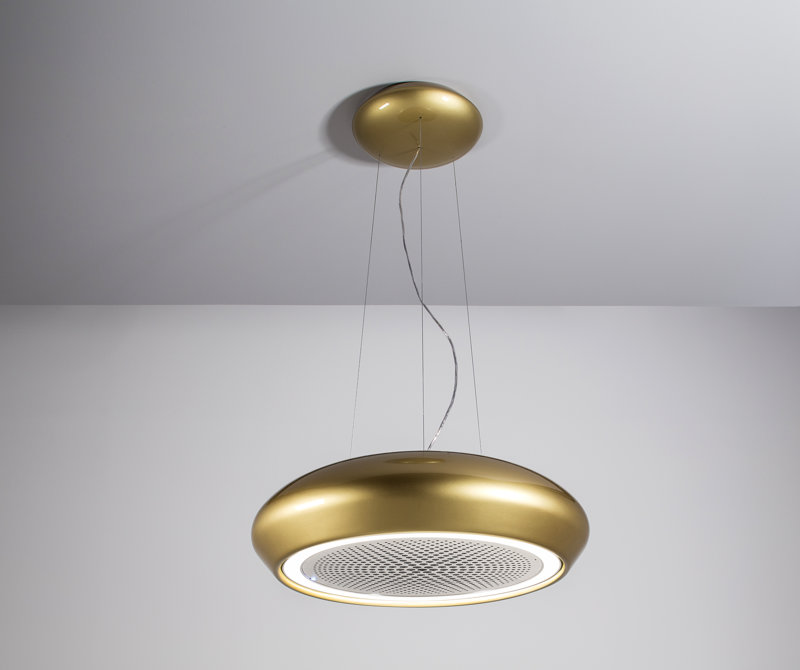Sirius cooker hood finishes
The finishes of Sirius cooker hoods: from matt black and white to PVD-effect ‘dark anthracite’
Sirius kitchen hoods, studied and designed to guarantee the best performance in the removal of cooking fumes and vapours, have always expressed an idea of design that contributes to defining the identity of the kitchen space since their creation in 1996.
For this reason, it has always been of fundamental importance for us at Sirius to define and project extremely functional and innovative products, focusing our attention on the search for an aesthetic that follows or anticipates trends and aesthetic changes in the kitchen environment.
Matt finishes are the trend of recent years, especially in black or white, which allow to obtain a minimal and sophisticated design, but colours such as copper, gold and silver are also used to embellish even the most classic kitchen environments.
Our aim is to offer products with high quality finishes that give even more value to the product, guaranteeing its durability.
The main painting techniques used by Sirius are powder and liquid, also depending on the colour or type of product.
The steps are the same: before applying the paint, we start by preparing the surface by removing residues of dirt, grease and other impurities that may have accumulated during the processing of the steel casing. The paint is then applied and baked in a special oven.
The main difference between the two techniques is the temperature of the baking ovens: for liquid the temperature is between 60-80 degrees, while powder between 180-200 degrees.
Sirius especially uses liquid paint for the finishing of its line of ceramic hoods, such as the SILT26 DERUTA model, in gold, silver and copper. This is also referred to as ‘industrial craftsmanship’.
SILT26 DERUTA GOLD FINISH
Another finish, presented by Sirius at Eurocucina-FTK 2024 in the SLTC122 wall-mounted anti-condensation hood, is the PDV effect in ‘Dark Anthracite’. This is obtained by a special surface coating of the kitchen hood, which gives the product a special colouring, leaving the satin effect of the stainless steel visible both optically and tactile.
 PDV EFFECT in DARK ANTHRACITE
PDV EFFECT in DARK ANTHRACITE
